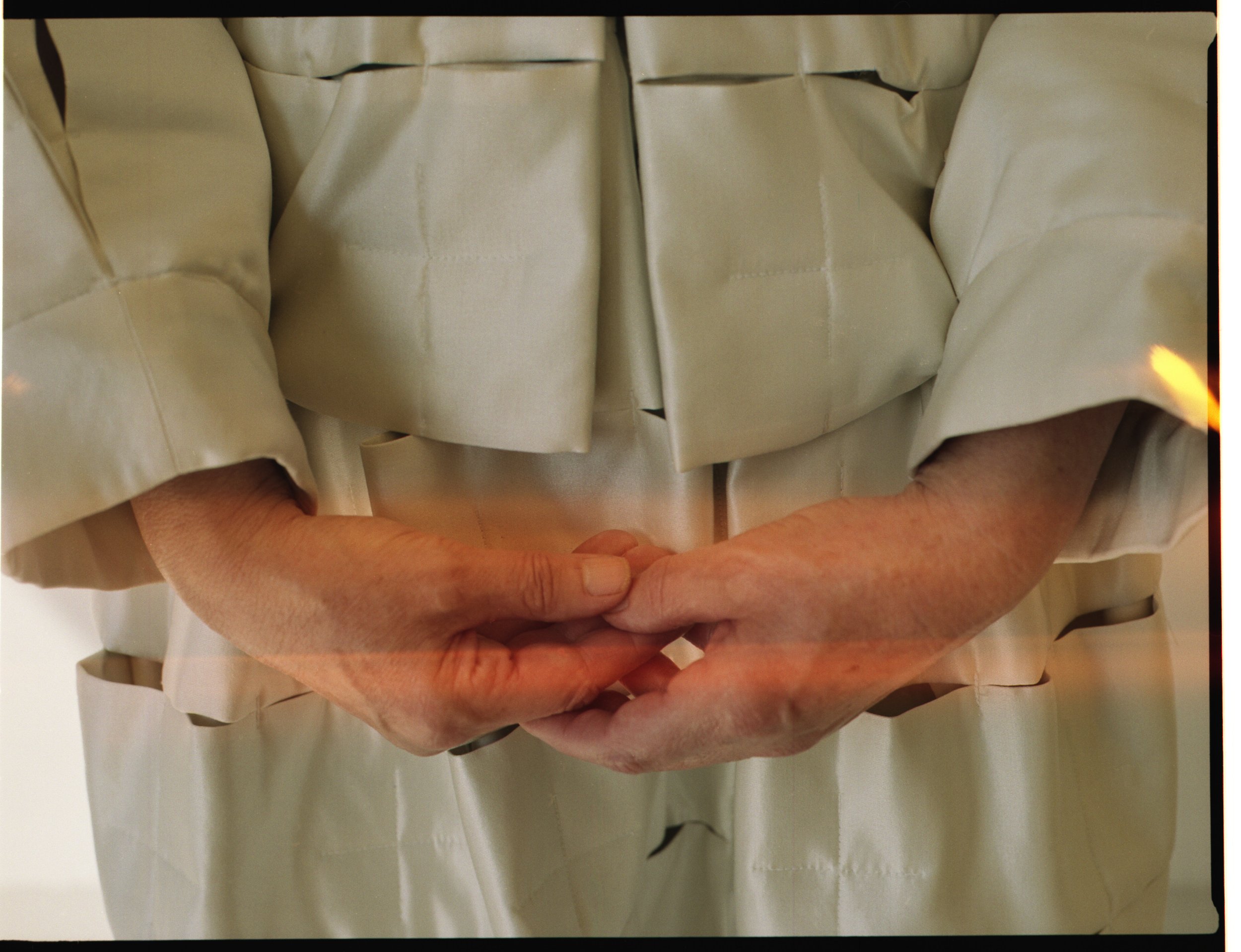
NOTHING NEW PART TWO
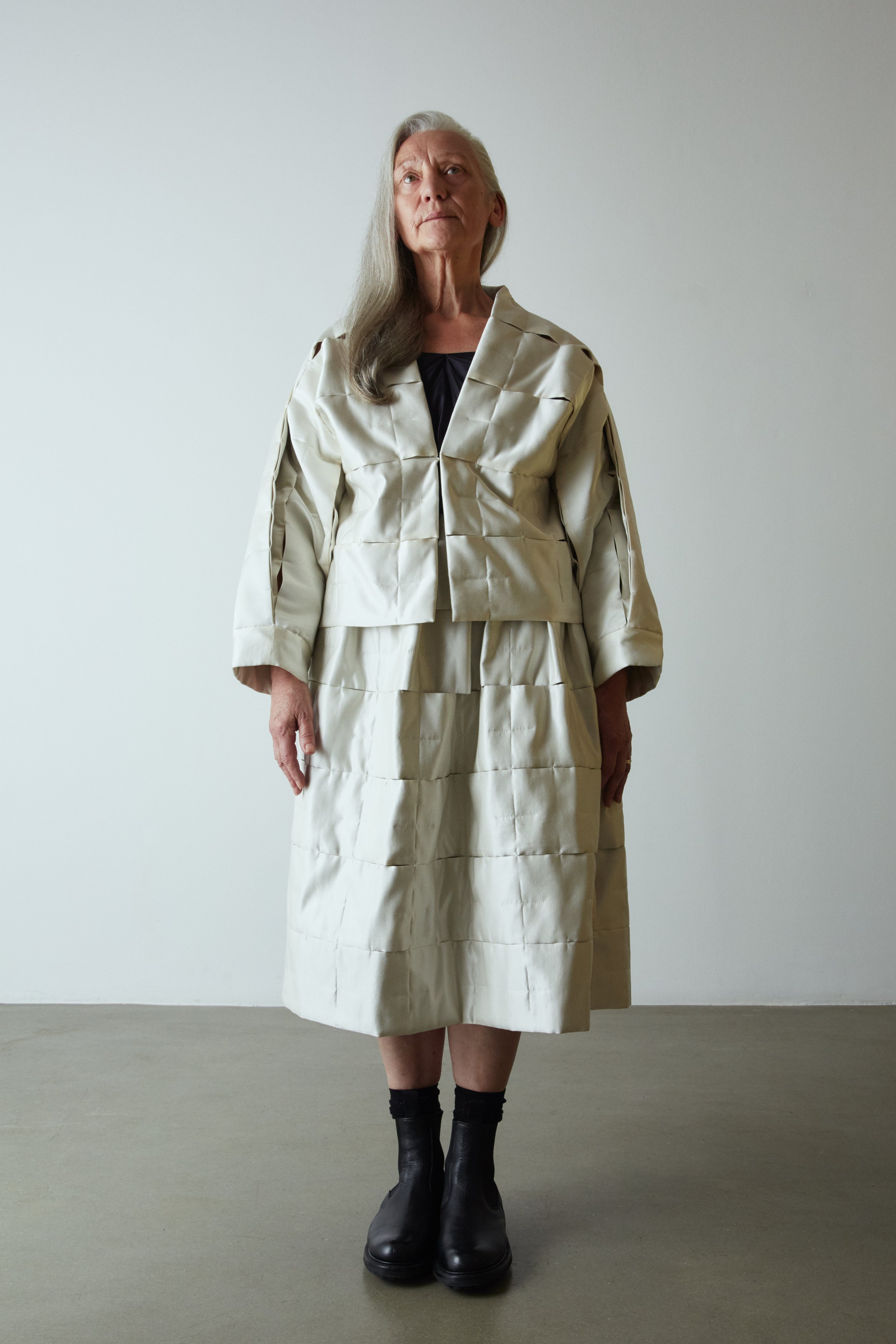
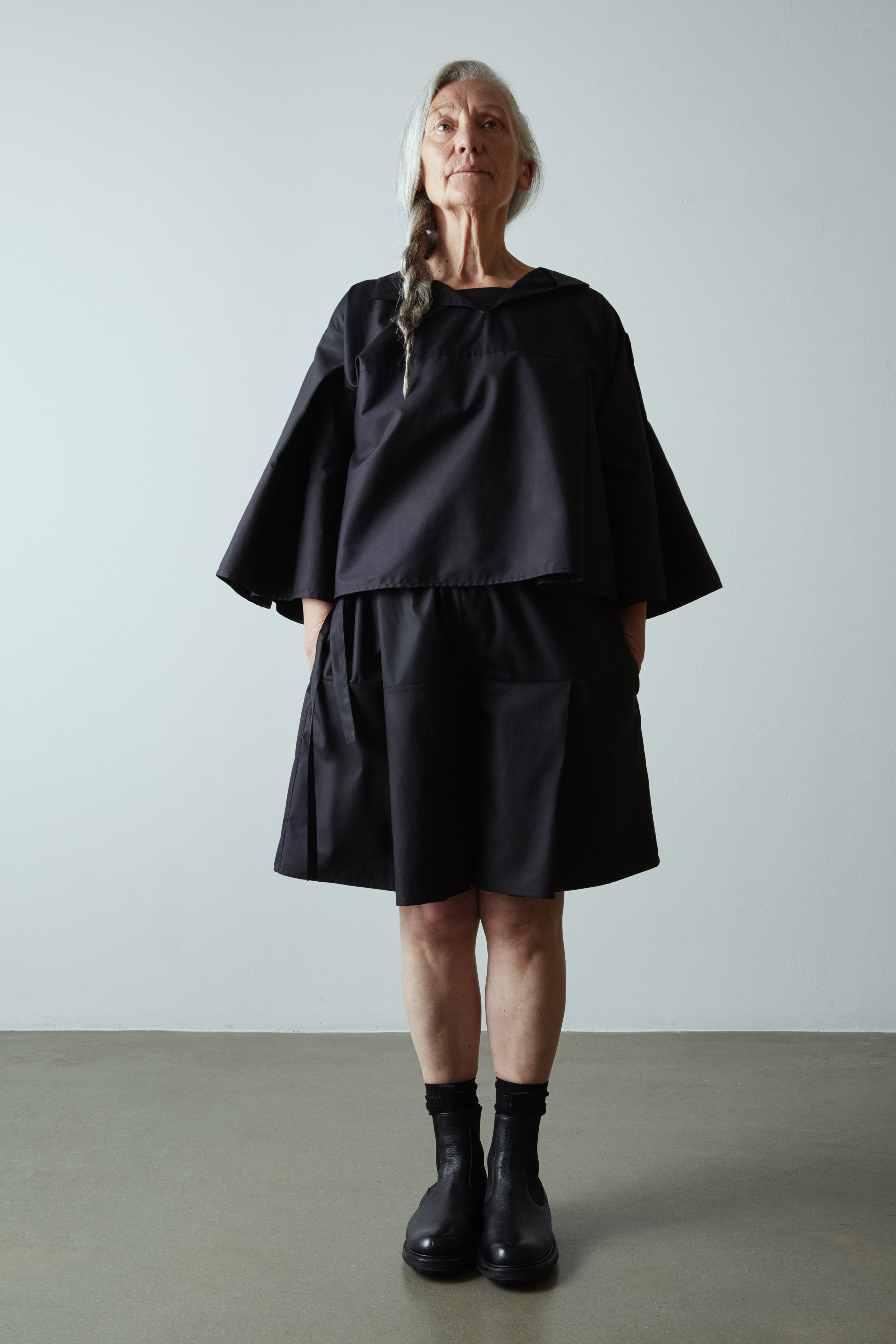
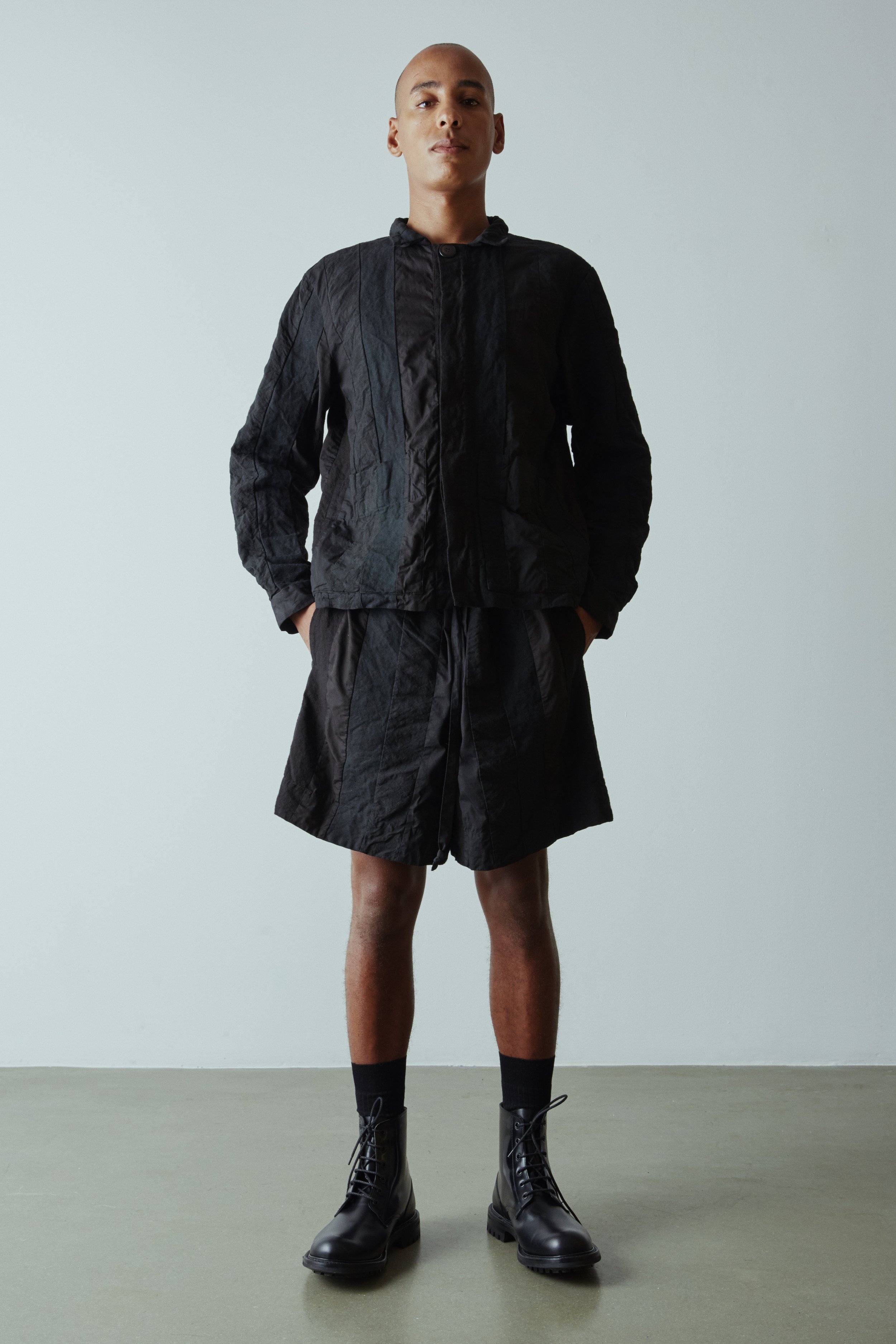
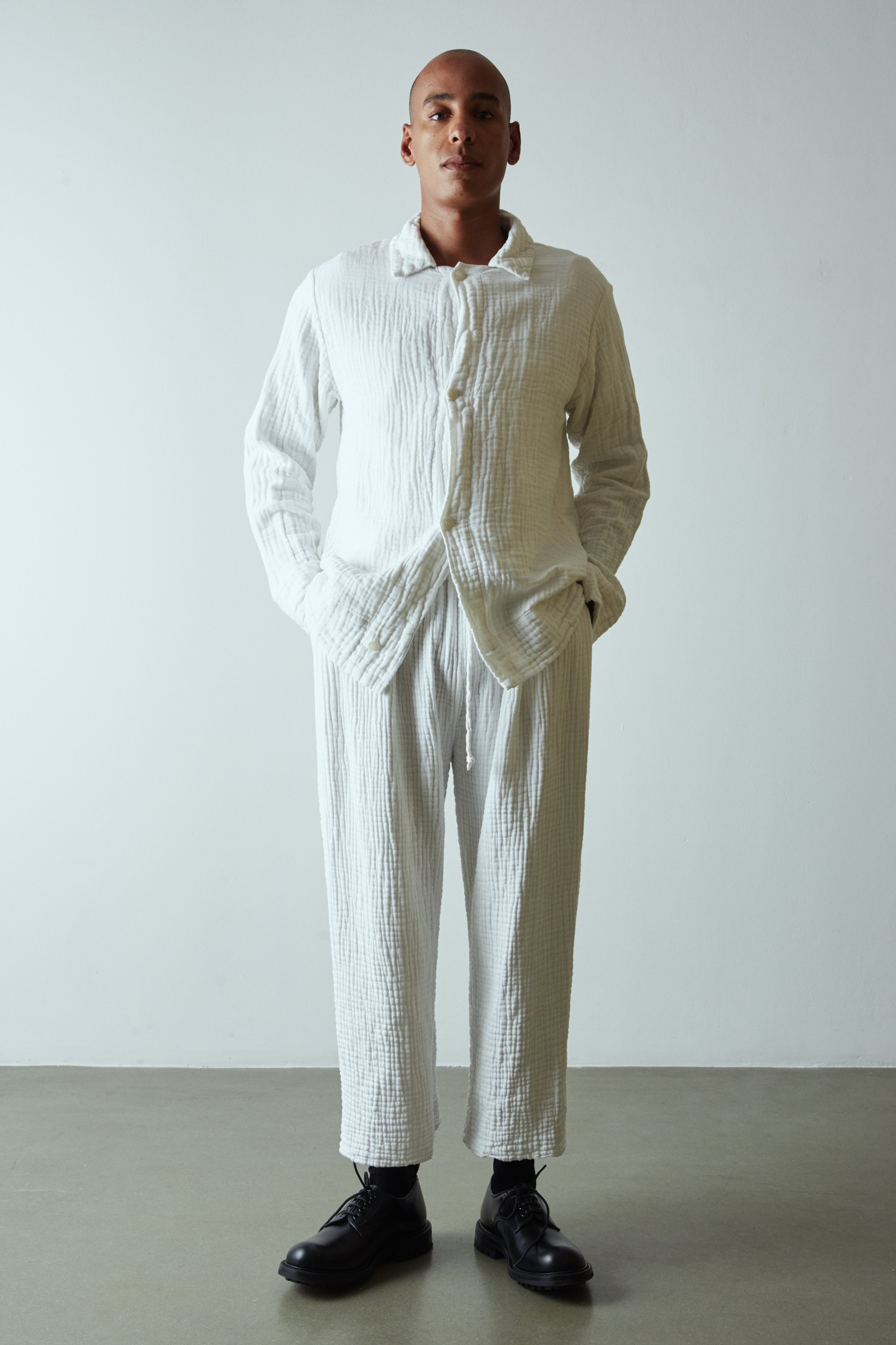
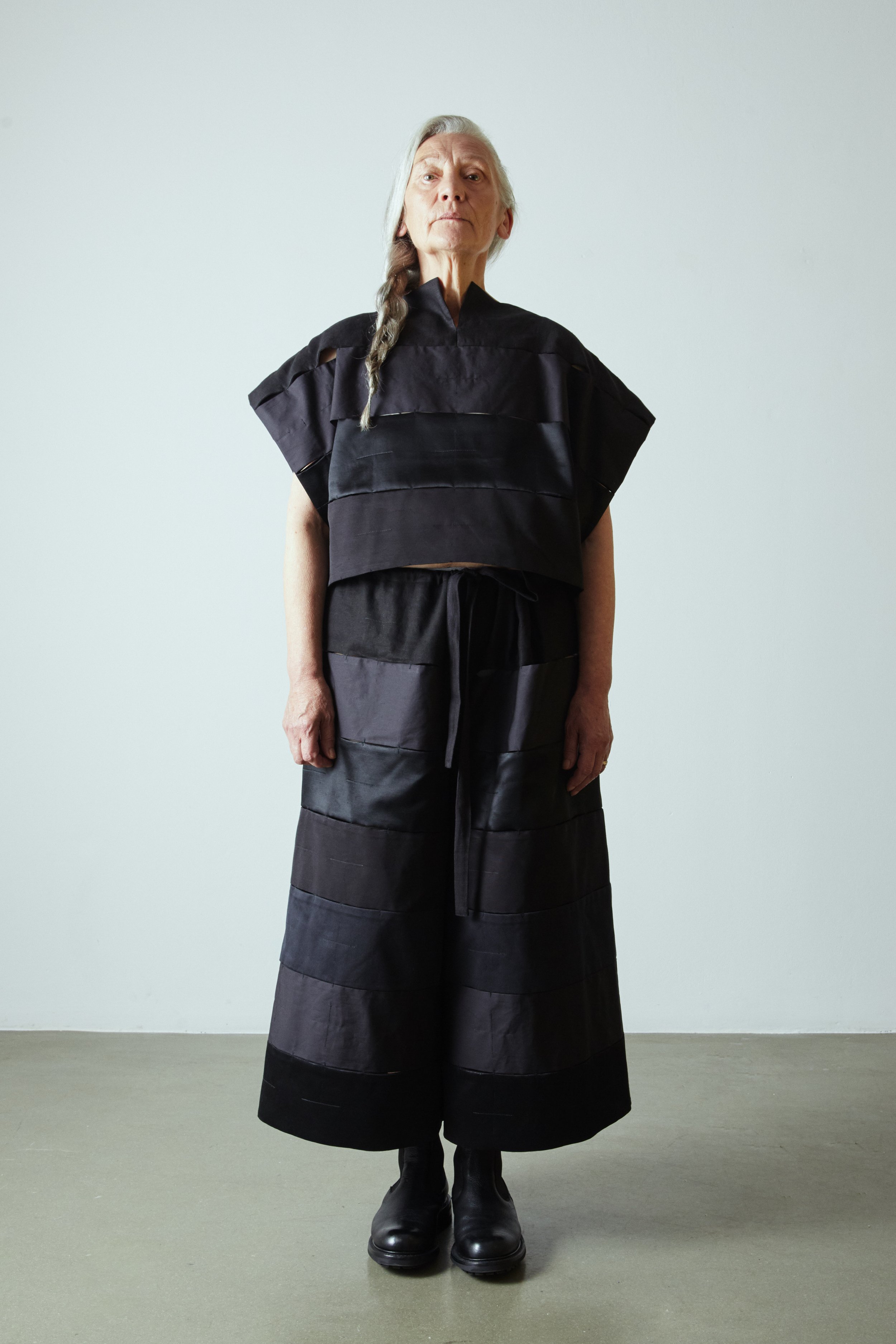
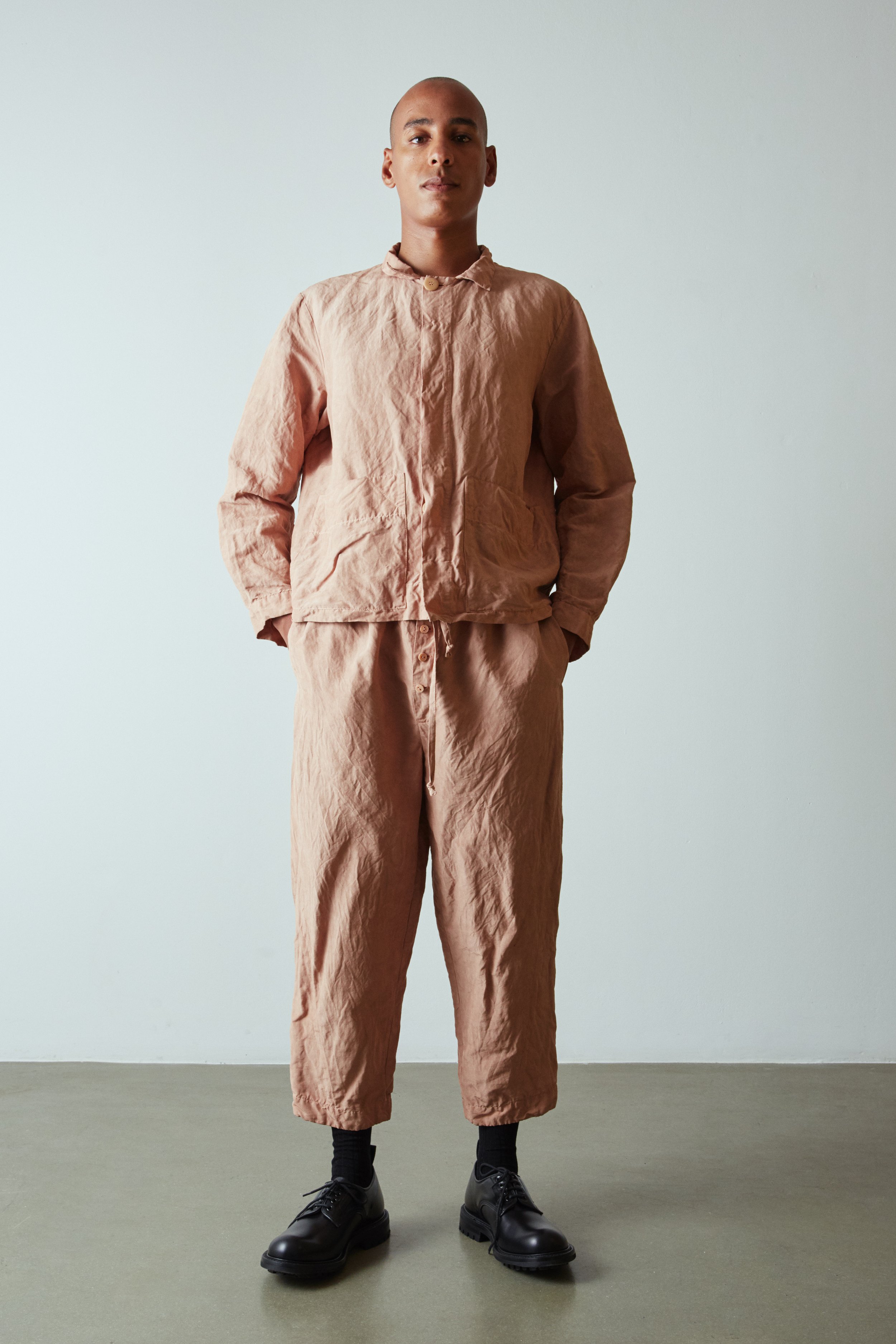
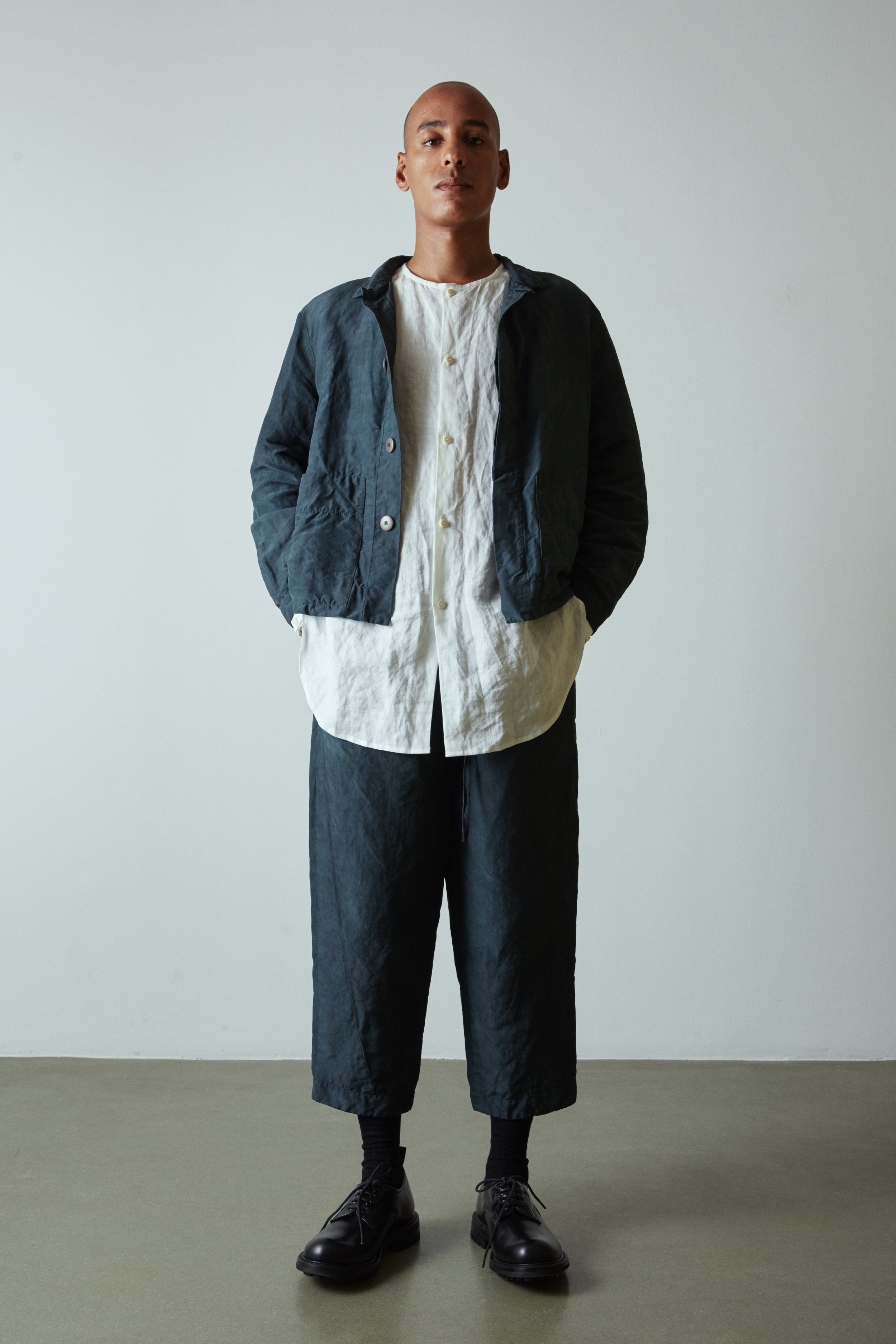
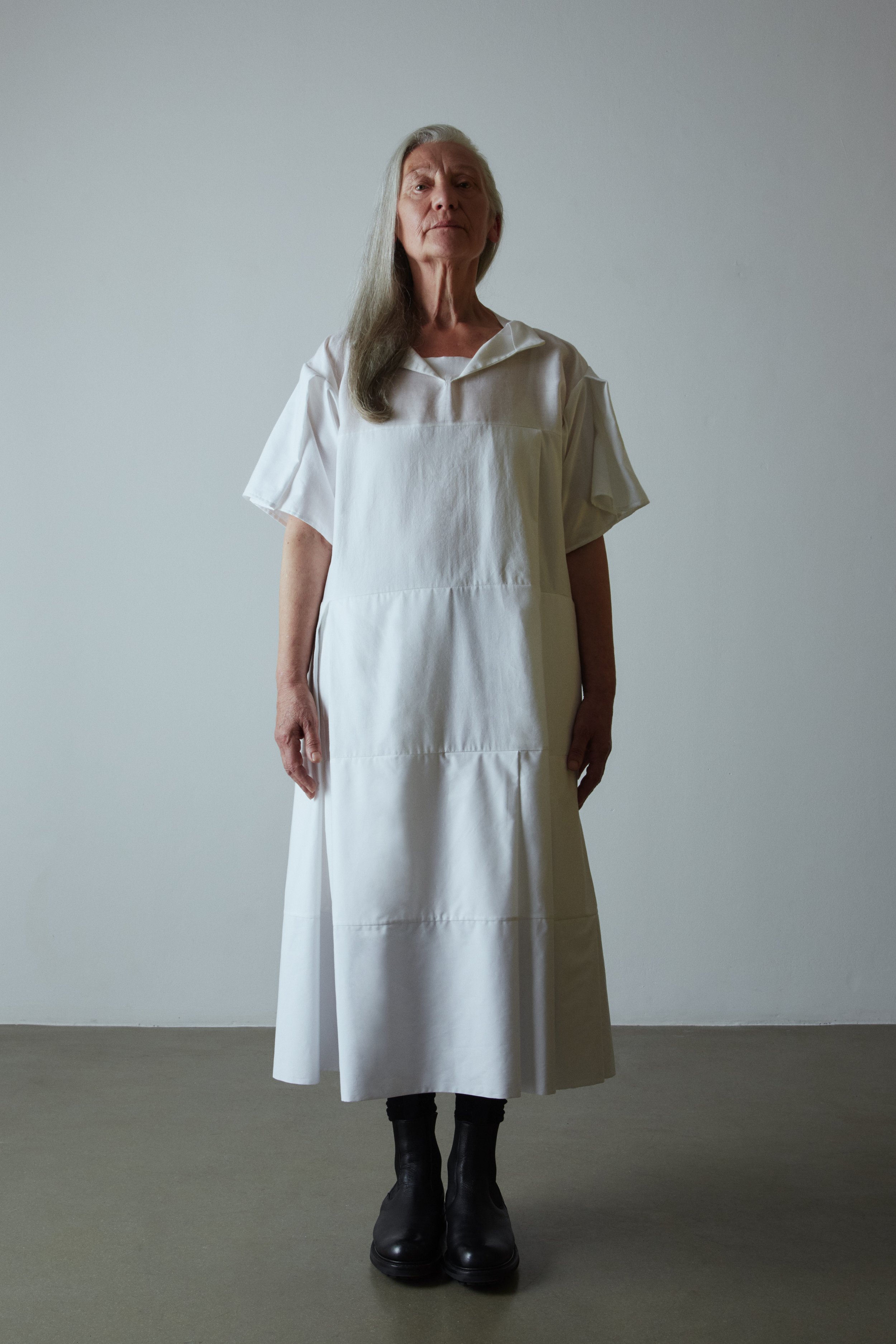
Everything we have.
A concise selection, second iteration and continuation of part one.
This collection is founded on increased locality and using everything we have.
Clothes which remember touch,
with surfaces that hold a sign of life.
In a continuation of themes of no ‘virgin resource,’ pieces contain ‘nothing new,’
now with new aims towards better connection to our soil through the use of locally sourced natural dye.
Locally sourced oak dye was collected during lockdown walks used alongside locally sourced food waste - avocado stones acquired from nearby cafes.
Digital print silk offcuts acquired as pre-consumer waste from digital print companies are overdyed with these local natural dyes.
Our internal existences have led to changed relationship with clothes,
this body of work holds a focus on clothes which are kind to our shapes.
Pyjama forms, house dresses, house jackets, homely, soft and prewashed crinkled, sloughy surfaces. bedsheet inspired over-folds which kick and pleat around the body.
Seeking comfort in a time of seemingly endless crisis.
Quilted duvet jackets and skirts protect and envelop a mother,
soft pre-shrunk crinkled layered up muslin,
trousers and textiles cut with zero waste pattern cutting,
crinkled naturally dyed reclaimed linens and silks still hold the creases of their dyeing process.
Silk digital print off cuts sourced as waste are repurposed as stuffing or patched and overdyed into renewed fabrics.
In a world of preservation emergency, it seems impossible to constantly shift our focus to the ‘new’. In an act of preservation, each fabric we have used has come from everything we have.
Re-examining what we already have as a gateway to a ‘new’ new whilst exploring locality through fabric sourcing and dye.
Can looking backwards become a type of going forward?
We have used the action of making a collection as an opportunity to reconsider leftovers, excess or waste as treasure. Is it possible to make an entire collection and its subsequent production from fabrics which are already here and are not being used?
Can we use collaboration, communication and exchange as a fabric sourcing asset?
Exploring locality in terms of dye, raw material, distance.
For part one, reaching out to various studios across the city we collaborated, communicated and combined to source materials which were no longer in use, were surplus, excess, from past seasons, or ‘deadstock’ to see that if within the context of a different space and with careful editing we could transform them.
Now we continue this trial using everything we already have enhanced with natural colour collected from our local vicinity.
Each of these styles will be sold as part of a numbered limited edition.
As we continue to see design as a problem solving and solution based endeavour we aim to use it for both a vehicle to solve and to question inherent issues of designing during this time of environmental crisis. Turning our backs on virgin synthetics (no zips, no plastic buttons, no polyester elastics etc) and with an increased outlook on the reuse of what is already in existence, placing our design within a new framework of making and selling.
How can we begin to evolve from sustainability minded design to designing with regenerative outcomes?